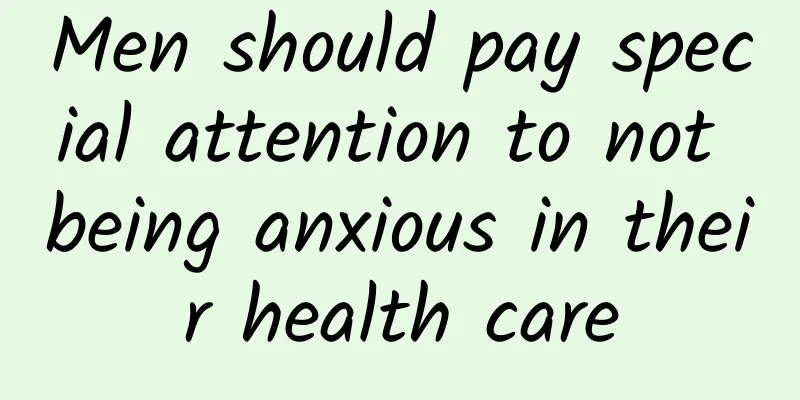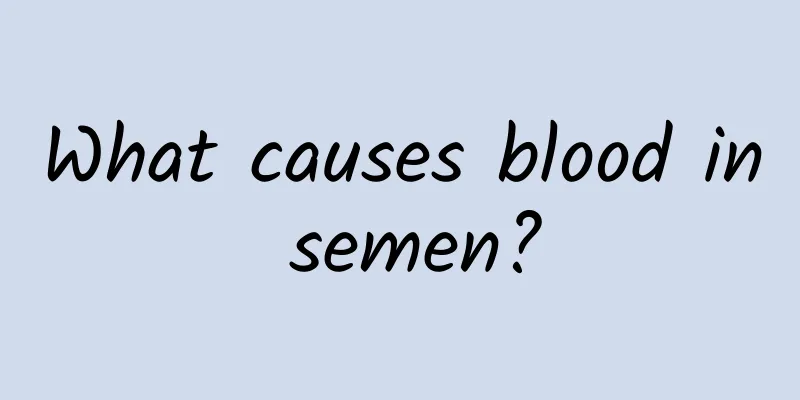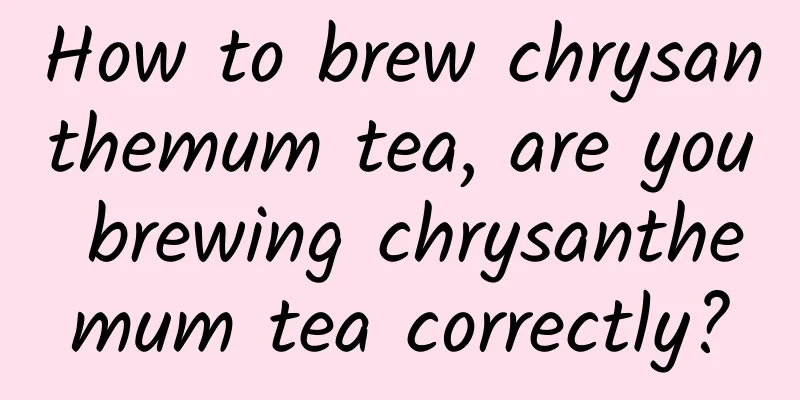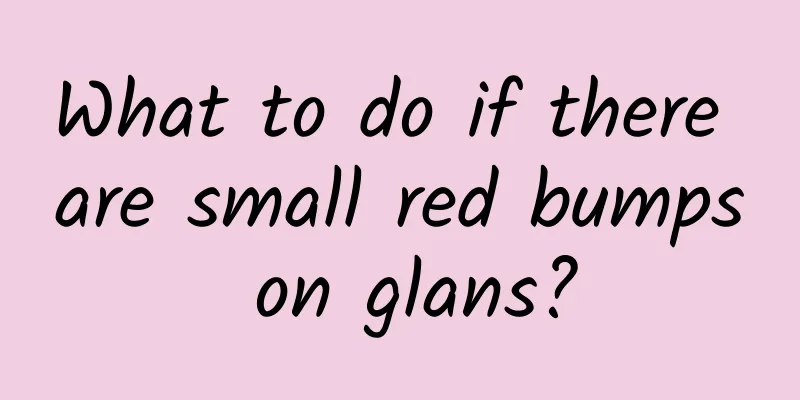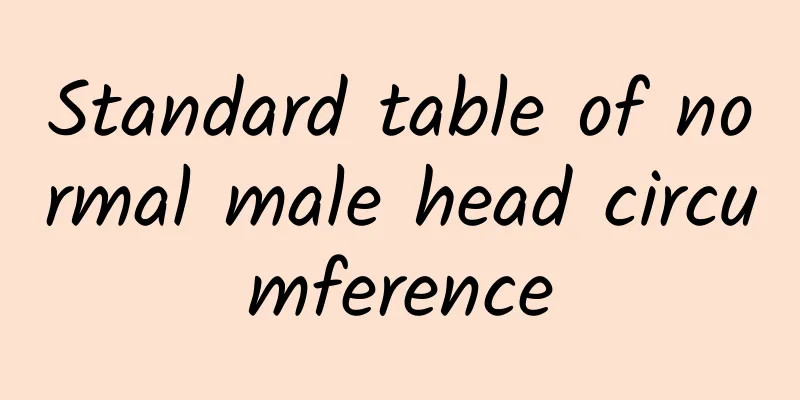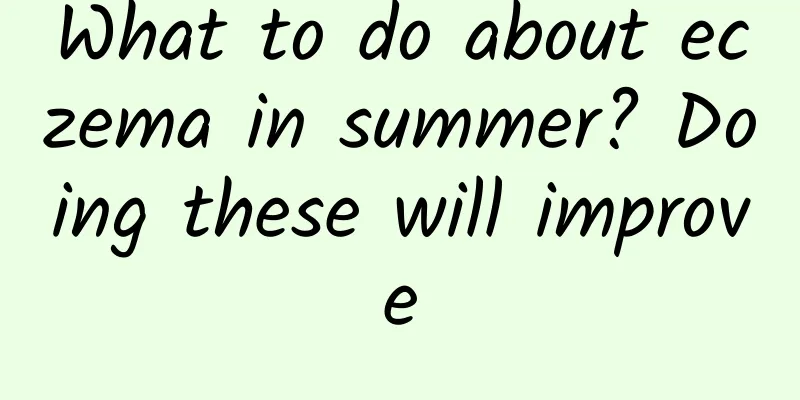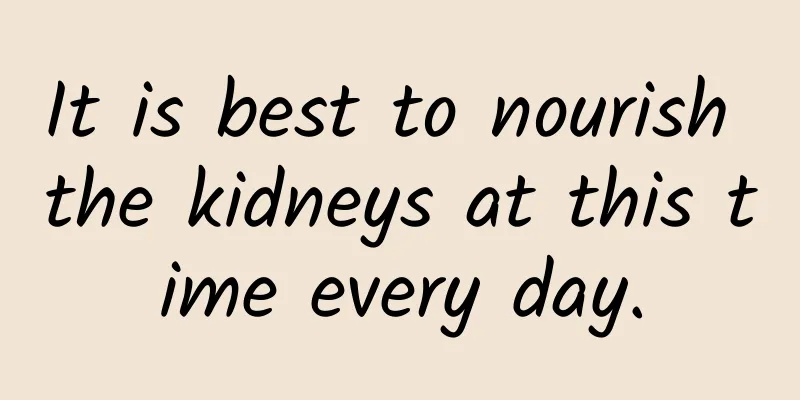What are the symptoms of convulsions? What causes convulsions?
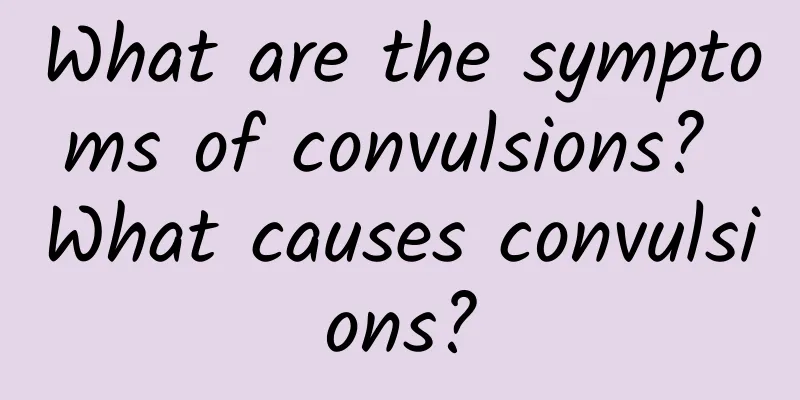
|
I remember when I was in primary school, one day at noon, a child was playing and suddenly fell to the ground, convulsing all over and foaming at the mouth. The baby was scared to death at the time. So what are the common manifestations of convulsions in life? Symptom description There are many causes of convulsions, and the symptoms also have many manifestations, the main ones are: fever, fever, constipation, phlegm in the throat, yellow phlegm, yellow and greasy tongue coating, high fever and thirst, constipation and abdominal distension, macules, stringy tongue, irritability, red eyes, bitter mouth, constant irritability and insomnia, blood deficiency, frequent convulsions, frequent convulsions, excessive phlegm, excessive phlegm, poor appetite, abdominal distension, cold limbs, loose stools, clenched jaws, opisthotonos, whole body spasms, twitching of upper and lower limbs, irregular attacks, and clear consciousness. Clinical manifestations 1. Generalized tonic convulsion: The muscles of the whole body are rigid, twitching in waves, showing opisthotonos (the head is tilted back and the whole body is bent backward in a bow shape), the eyes are rolled up or staring, and the person is unconscious. 2. Localized convulsions: only local muscle twitching, such as twitching of only one side of the limb, or twitching of facial muscles, or twitching of fingers and toes, or eyeball movement, nystagmus, blinking, staring, etc. Most of them are unconscious. The above convulsions can last for a few seconds or minutes, and in severe cases, they can last for several minutes or recur. If the convulsion lasts for more than 30 minutes, it is called a continuous state of convulsion. 3. Fever convulsions: mainly seen in children aged 6 months to 4 years old who have convulsions during high fever. Fever convulsions are short-lived, and consciousness recovers quickly after convulsions. They often occur in the early stage of fever. In a fever, there is often only one convulsion. Brain diseases and other serious diseases can be ruled out, and the electroencephalogram is normal one week after the fever subsides. Category Seizures: A common involuntary movement, which is a tonic and convulsive convulsion of the whole body or localized muscle groups. Seizures may be generalized, such as epileptic seizures, or localized, such as focal seizures. Seizures may be accompanied by or without impaired consciousness. Tonic spasm: refers to a tonic contraction of muscles, such as the tonic phase of a grand mal seizure, the intramuscular spasms of the hands and feet in tetany, and the clenched jaw and opisthotonos in tetanus. Myoclonus: refers to a short, rapid, electric shock-like repetitive muscle contraction that can spread to several muscle groups or parts of the muscles. Myoclonus may be mild and not cause movement of a part of the body, or it may be so severe that the patient falls. Tremor: It is the rhythmic alternating movement of the agonist and antagonist muscles of the joints. The amplitude can be large or small, and the speed can be fast or slow, depending on different diseases. Common parts of tremor are fingers, jaw, lips and head. Choreotype: It is a sudden, rapid, amorphous, purposeless, coarse muscle group twitching, most commonly seen in the head, face, upper limbs, especially the distal limbs. Athetosis: It refers to the relatively slow twisting movement of fingers or toes, which manifests in various strange shapes, and its speed is between dance movements and torso spasms. Torsion spasm: It is a slow twisting movement of the proximal limbs and spinal muscles, also caused by basal ganglia disease. Fasciculation is an extremely rapid and brief contraction limited to certain muscle bundles, without joint movement, which can be induced by manual stimulation of the affected area. Habitual tics: are fast, short, repetitive, purposeful, stereotyped involuntary movements, common examples include blinking, pursing lips, frowning, shrugging, etc. Generalized tonic convulsions: the muscles of the whole body are rigid, twitching in waves, showing opisthotonos (head tilted back, the whole body bent backwards in an arched shape), eyes rolled up or staring, and unconsciousness. Localized convulsions: only local muscle twitching, such as twitching of only one side of the limb, or twitching of facial muscles, or twitching of fingers and toes, or eye movement, nystagmus, blinking, staring, etc. Most of the patients are unconscious. The duration of the above convulsions can be a few seconds or minutes, and in severe cases, it can last for several minutes or recur. If the convulsion lasts for more than 30 minutes, it is called a continuous state of convulsion. Febrile convulsions: mainly seen in children aged 6 months to 4 years who have convulsions during high fever. Febrile convulsions are short-lived, and consciousness recovers quickly after the convulsion. They often occur in the early stage of fever. In a fever, there is often only one convulsion. Brain diseases and other serious diseases can be ruled out, and the electroencephalogram is normal one week after the fever subsides. |
>>: How to do push-ups to train chest muscles in a standard way?
Recommend
What is chancroid? Causes of chancroid
Chancroid is actually a sexually transmitted dise...
What causes sudden testicular cramps?
I believe everyone is familiar with testicles. Es...
Fried chicken and beer are bad for your stomach. Avoid eating these foods with beer.
In daily life, people who do not pay attention to...
Boyfriend kissing breast
No matter they are husband and wife or lovers, th...
Summer health: the most effective kidney-tonifying recipe
In the hot summer, people tend to be listless. Se...
Premature sexual dysfunction, beware of the harm caused by these foods!
Men's sexual ability is affected by many fact...
What are the dangers of short foreskin?
Everyone is familiar with circumcision surgery. S...
Does quitting smoking cause insomnia? Experts have tips to relieve insomnia
According to experts, sleep disorders are a commo...
Boys are not fat but have a protruding belly
Many people don't understand that if they are...
Can men control ejaculation?
The sensitivity of each man's penis is differ...
What should men do if their scrotum is itchy?
Nowadays, men's work pressure is very high. T...
The secret of “balls”: what size is normal for testicles?
It is said that the penis is a male-specific orga...
Testicular pain due to sperm retention
Many male friends know that if you hold back your...
What should men eat for low blood sugar?
Patients with hypoglycemia will feel that their b...
How to cook cilantro, 2 ways to eat cilantro
Coriander is a spicy vegetable and also has great...
